
Jack D. Sobel, MD, examines the efficacy and safety of oteseconazole in reducing the incidence of recurrent vulvovaginal candidiasis in patients.

Jack D. Sobel, MD, examines the efficacy and safety of oteseconazole in reducing the incidence of recurrent vulvovaginal candidiasis in patients.
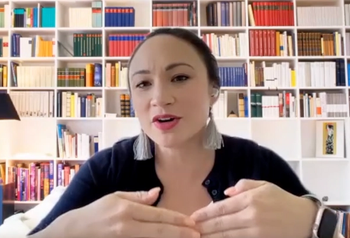
Catherine Cansino, MD; Andrea Braden, MD; and Lisa Foglia, MD, spoke on how Metrics, wellness models, and management change are essential to advancing diversity, equity, and inclusion (DEI) in obstetrics and gynecology at the 2022 ACOG Annual Clinical & Scientific Meeting.

In this EdTalk, presented at the 2022 American College of Obstetricians & Gynecologists' Annual Clinical & Scientific Meeting, Lisa Foglia, MD; Andrea L. Braden, MD; and Catherine Cansino, MD, MPH, discuss strategies for improving diversity and equity within obstetrics and gynecology.

At the American College of Obstetricians & Gynecologists’ 2022 Annual Scientific and Clinical Meeting, Lyndsey Harper, MD, FACOG, IF, and Laurie Mintz, PhD, explained how ob-gyns can help women take charge of their sexual function and how to address internalized shame, medical contributors to sexual dysfunction, and suggestions when considering a treatment plan for your patients.

A recent study presented at the 2022 American College of Obstetricians & Gynecologists' Annual Clinical & Scientific Meeting found that there was neither a decreased nor increased risk for postpartum depression in patients who received hormonal contraception due to insufficient evidence.

The American College of Obstetricians & Gynecologists begins their Annual Clinical & Scientific Meeting (ACSM) today, which will continue until Sunday, May 8, 2022 in San Diego, California. Follow along for coverage.
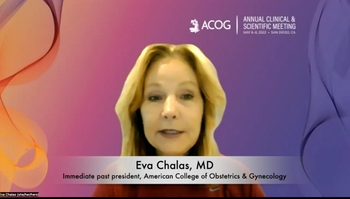
Immediate past president Eva Chalas, MD, discusses the top sessions, events and presentations to watch for at ACOG's annual meeting.
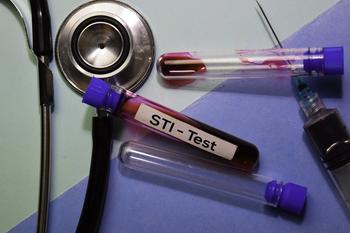
A session of the American College of Obstetricians and Gynecologists (ACOG) 2021 annual meeting pointed to the dramatic increase in STIs in the United States and presented highlights from the updated CDC STI guidelines.

During the 2021 American College of Obstetricians and Gynecologists Annual Clinical and Scientific Meeting, 3 experts—Kathryn Marko, MD, NCMP; Katherine T. Chen, MD, MPH; and Tamika Auguste, MD—led presentations on different types of mobile health apps and remote monitoring, as well as the role they play in patient care.

A presentation at the American College of Obstetrics and Gynecology’s (ACOG) Annual Clinical and Scientific Meeting, which started on April 30, discussed maternal mortality in pregnancy and how physicians can reduce rates.

Two leading experts provided ACOG ACSM attendees with a high-level overview on clinically valuable updates that may have been pushed to the backburner as COVID-19-related medical care dominated 2020.

If the oath “First, do no harm” is to be carried out by medical practitioners, one area in which this can truly be practiced involves the care of transmasculine or nonbinary patients who want to become pregnant or are already pregnant, according to a session from the 2021 American College of Obstetricians and Gynecologists (ACOG) Clinical and Scientific Meeting.

“When you leave populations behind from the data, you disadvantage the population that bears the brunt of the disease,” said Melissa Simon, MD, MPH, during her presentation on recommendations to improve women's health at this year's ACOG meeting.

A session held virtually at the American College of Obstetrics and Gynecology’s (ACOG) Annual Clinical and Scientific Meeting, which started on April 30, reviewed updates from its COVID-19 task force as we continue to witness the vaccine rollout.
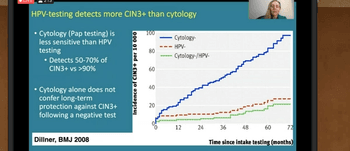
A session held virtually at the American College of Obstetrics and Gynecology’s (ACOG) Annual Clinical and Scientific Meeting, which started on April 30, focused on the new ASCCP guidelines and highlighted the importance of identifying risk for management of abnormal screenings.

Diversity, equity, and inclusion (DEI) was a key theme that helped to kick off the annual meeting, which was held virtually. During the Hale Lecture: Diversity and Equity in Obstetrics and Gynecology – The Patient and the Provider – Care Delivery to Employment, several ob/gyns provided their own perspectives, including sharing data on diversity in the specialty now and its implications for the future pipeline.

Eva Chalas, MD, kicked off the Annual Clinical and Scientific Meeting as ACOG’s 71st president. Her keynote speech focused on her presidential initiative of personalized care. The goal was to provide guidance and tools to assist ob/gyns in enhancing access to comprehensive preventive care.
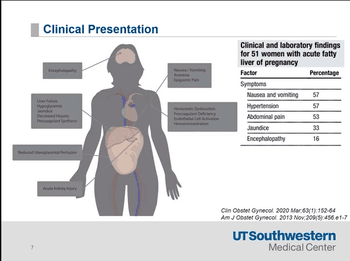
In a lightning round for the 2021 ACOG Annual Clinical and Scientific Meeting, David B. Nelson, MD, presented ‘Acute Fatty Liver of Pregnancy.’ Nelson is Chief of Obstetrics and Maternal Medical Director at Parkland Hospital. He is also Assistant Professor of Maternal-Fetal Medicine for the Department of Obstetrics and Gynecology at the University of Texas Southwestern Medical Center.

A panel discussion at the 2021 American College of Obstetrics and Gynecology’s (ACOG) Annual and Scientific Meeting, being held virtually April 30-May 2, offers insight into how the COVID-19 pandemic has changed telehealth in ob/gyn.

On Friday, Oct. 30, Elizabeth A. Howell, MD, MPP, led a presentation on the intertwined racial and ethnic disparities in maternal and infant health that exist for women and babies of color.

As experts evaluate emerging evidence and the pattern of information that comes about, there is a consistent theme that pregnant women are more severely affected by COVID-19.
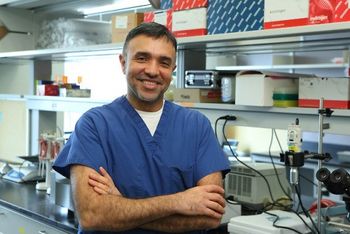
“There is a large unmet need in the uterine fibroid space for noninvasive treatment options,” said Ayman Al-Hendy, MD, Ph.D., lead author of the analysis and a professor of ob/gyn at The University of Chicago.

The devastating loss of 30-year-old Chaniece B. Wallace, MD, highlights the glaring racial disparities in maternal mortality and morbidity in the U.S.

“Telehealth visits serve to ensure patient-centered, shared decision-making counseling, as well as allowing the provider to confirm that the patients are good candidates with no contraindications for their method of choice,” Eve Espey, MD, MPH, said.
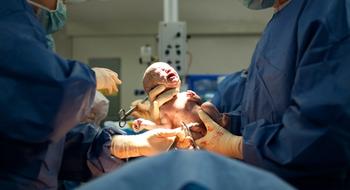
Principal investigator Johanna Quist-Nelson, MD, was inspired to complete the study during her training after observing how difficult it was for patients who experienced wound infections after cesarean.
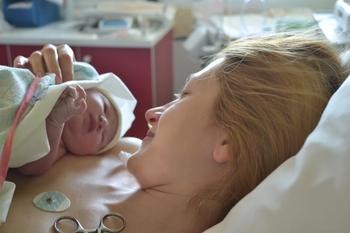
Is 39 the new 41 when it comes to weeks of gestation for induction of labor?

The American College of Obstetricians and Gynecologists’ (ACOG) 2020 Virtual Conference starts this Friday, Oct. 30, with presentations by preeminent experts in ob/gyn.

New research shows that obstetricians may need to rethink how they screen certain patients for gestational diabetes mellitus.

New research shows when it’s cost-effective to use placental alpha-microglobulin-1 over pooling, nitrazine, and ferning for diagnosing premature rupture of membranes.

Vaginal hysterectomies are associated with superior patient outcomes and cost less than other methods of hysterectomy. So why is their rate of use declining?